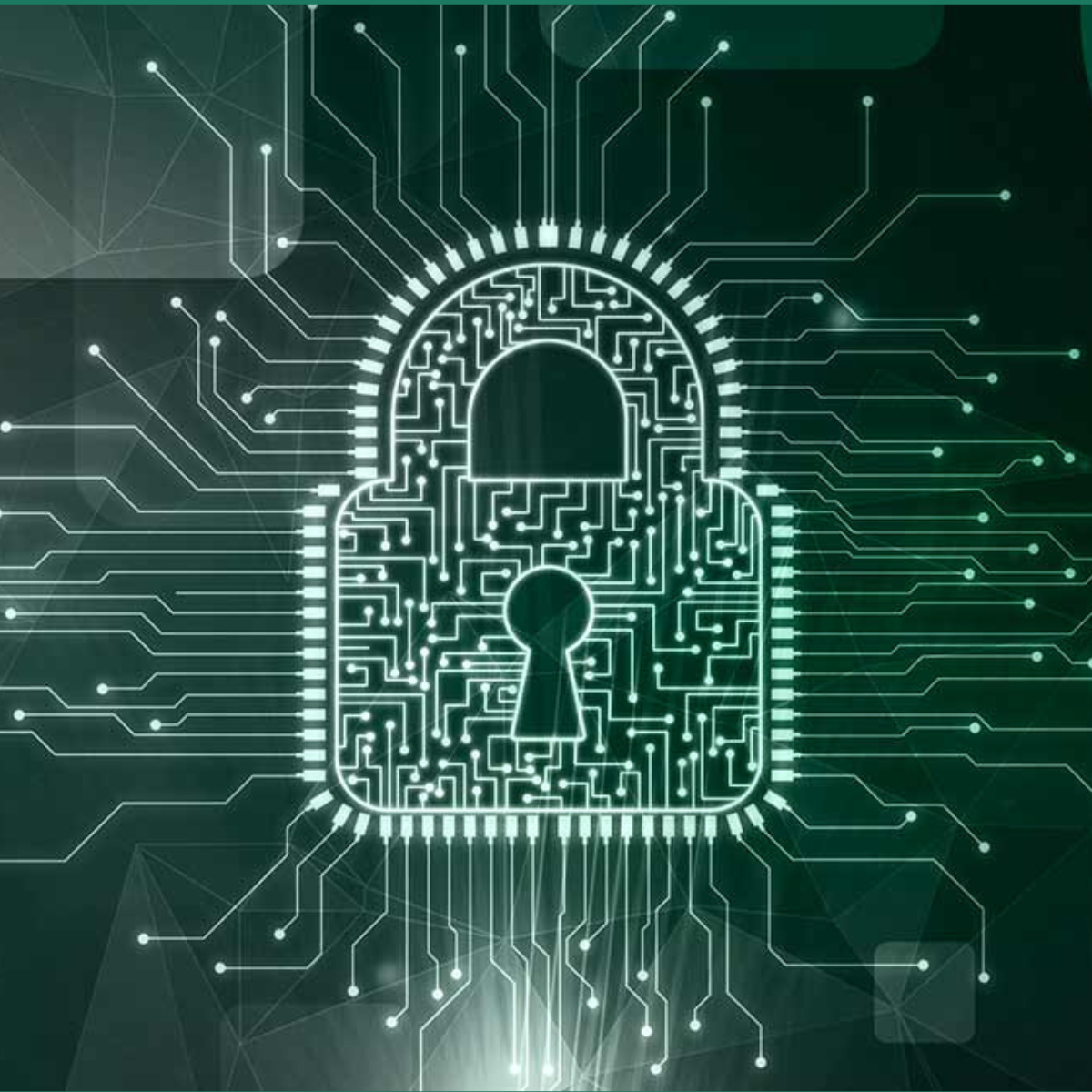Strengthening Your Defenses: Ransomware Prevention & Mitigation
In an increasingly digitized world, the threat of ransomware looms large, with each strain exhibiting its unique characteristics. While there's no one-size-fits-all solution to combat this menace, understanding its common features and implementing preventive measures can significantly enhance your organization's cybersecurity posture.
Common Traits of Ransomware:
- Wide-Spread Propagation: Ransomware aims to infect as many systems as possible, casting a wide net to maximize its impact.
- Data Collection: Attackers gather data from infected systems, either for encryption or exfiltration of sensitive files.
- Elevated Access Levels: Ransomware seeks to gain the highest possible access privileges within the target environment.
- File Encryption: Once inside, ransomware encrypts specific files, rendering them inaccessible to the victim.
- Ransom Message: Attackers leave a message, typically demanding a ransom for the decryption key.
Simple Yet Effective Defense Measures:
While no strategy can thwart every variant of ransomware, adopting these preventive measures can significantly reduce the risk:
- Password Hygiene: Avoid password reuse across multiple machines, and segment your network to limit cross-machine interactions.
- Secure File Storage: Encrypt sensitive data wherever possible, and restrict access so that only authorized individuals can access and are aware of sensitive documents' existence.
- Monitoring Activity: Keep a close watch on activities related to ransomware. Pay attention to who accesses encryption functions and whether their actions align with their roles.
- Unusual Encryption: Monitor the frequency of encryption processes. Most users rarely need encryption tools, so an abnormal spike in encryption activity can be a red flag.
- File Hash Monitoring: While it can lead to substantial log data, monitoring file hashes can help detect unauthorized changes and pinpoint when an attack occurred.
- Data Loss Prevention: Ensure your Data Loss Prevention (DLP) software covers sensitive files. Note that this might fail if files are encrypted or obfuscated before exfiltration.
- Regular Backups: Create and store backups offline. If sensitive data unexpectedly leaves the organization through insecure channels, questions must be raised.
Why These Measures Matter:
- Encryption of Sensitive Data: Encrypting sensitive data ensures that even if unauthorized access occurs, the content remains inaccessible without the decryption key.
- Access Restriction: Limiting access to sensitive files mitigates risks. If users cannot access a file, they cannot read it.
- Monitoring for Anomalies: Monitoring for unusual access patterns or activities can help detect potential compromises early on.
- Protection Against Unnecessary Encryption: Most users do not require encryption tools, and their misuse can circumvent preventative measures.
- File Change Detection: Tracking file changes not only aids in pinpointing attacks but also assists in other areas requiring version control.
- Data Loss Prevention: Monitoring sensitive files is crucial, but encryption can complicate detection, highlighting the need for a multi-faceted approach.
- Offline Backups: Storing backups offline safeguards against data loss and potential ransom demands.
Ransomware threats persist, but a proactive approach to prevention and mitigation can make a significant difference. By implementing these measures and staying vigilant, your organization can better defend against this evolving cyber threat landscape.
 By
By

.png)
.png)